The project consists of four teams of researchers with backgrounds in microbiology, artificial cell research, statistical physics, and dynamical systems theory.
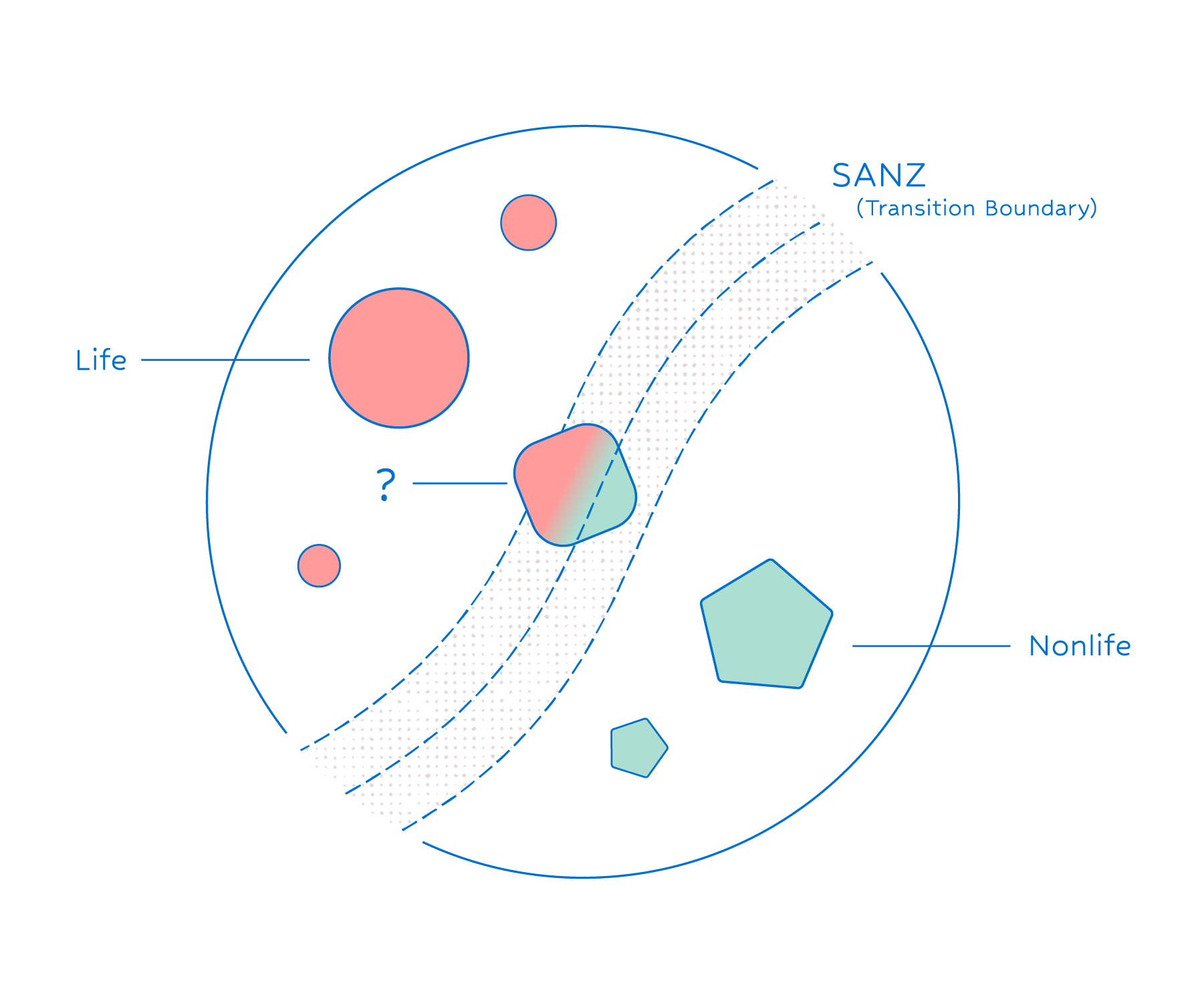
Reviving Cell
The Cell Revival Group aims to experimentally clarify the transition boundary (the boundary between life and death) of E. coli cells in an anaerobic environment and to cross that transition boundary in the opposite direction, i.e., to revive the cells.
In this study, we first use a mathematical model of E. coli metabolism to calculate the boundary between life and death that separates living and dead states. Subsequently, we measure whether cells exposed to stress can resuscitate after the stress removal, as well as intracellular metabolic substance concentrations at the single-cell level, to clarify the relationship between cellular internal state and regrow probability, thereby experimentally quantifying the boundary between life and death.The theoretical prediction and experimental quantification of the life-death boundary do not necessarily agree, primarily due to two factors: the accuracy of the mathematical model and whether arbitrary manipulation is permitted. One of the objectives of this study is to clarify the causes of the discrepancy between theory and experiment.
Following the quantification of the life-death boundary, we will conduct cell revival experiments. Cells regulate gene expression to alter the concentration of intracellular substances, but to obtain any substance, precursors are necessary, and it is impossible to create substances out of nothing. However, in this plan, we aim to revive cells by using special biochemical substances to perform operations that appear to create substances out of nothing. This will demonstrate that it is actually possible for cells to cross the boundary between life and death from the “non-living” side to the “living” side.

Yusuke Himeoka
(The University of Tokyo)
Expertise: Systems Biology
Yusuke Himeoka is an Assistant Professor at the Universal Biology Institute, The University of Tokyo, since 2021. He was born in Hiroshima, Japan in 1990 and received his Ph.D. in Arts and Sciences from the Graduate School of Arts and Sciences, The University of Tokyo. He previously worked as a Postdoctoral Researcher at the Niels Bohr Institute, University of Copenhagen, Denmark.

Fumiaki Yokoyama
(Okinawa Institute of Science and Technology)
Expertise: Molecular Microbiology
Fumiaki Yokoyama is an OIST Buribushi Fellow (PI) since 2025. He was born in Osaka, Japan in 1991 and received his Ph.D. in Agricultural Science from the Graduate School of Agriculture, Kyoto University.
He previously worked as a Postdoctoral Researcher at the Institute for Chemical Research, Kyoto University, as a Postdoctoral Fellow at the Department of Biosystems Science and Engineering, ETH Zurich, as a Project Researcher at the Department of Physics, Graduate School of Science, The University of Tokyo, and JSPS Postdoctoral Fellow (PD).
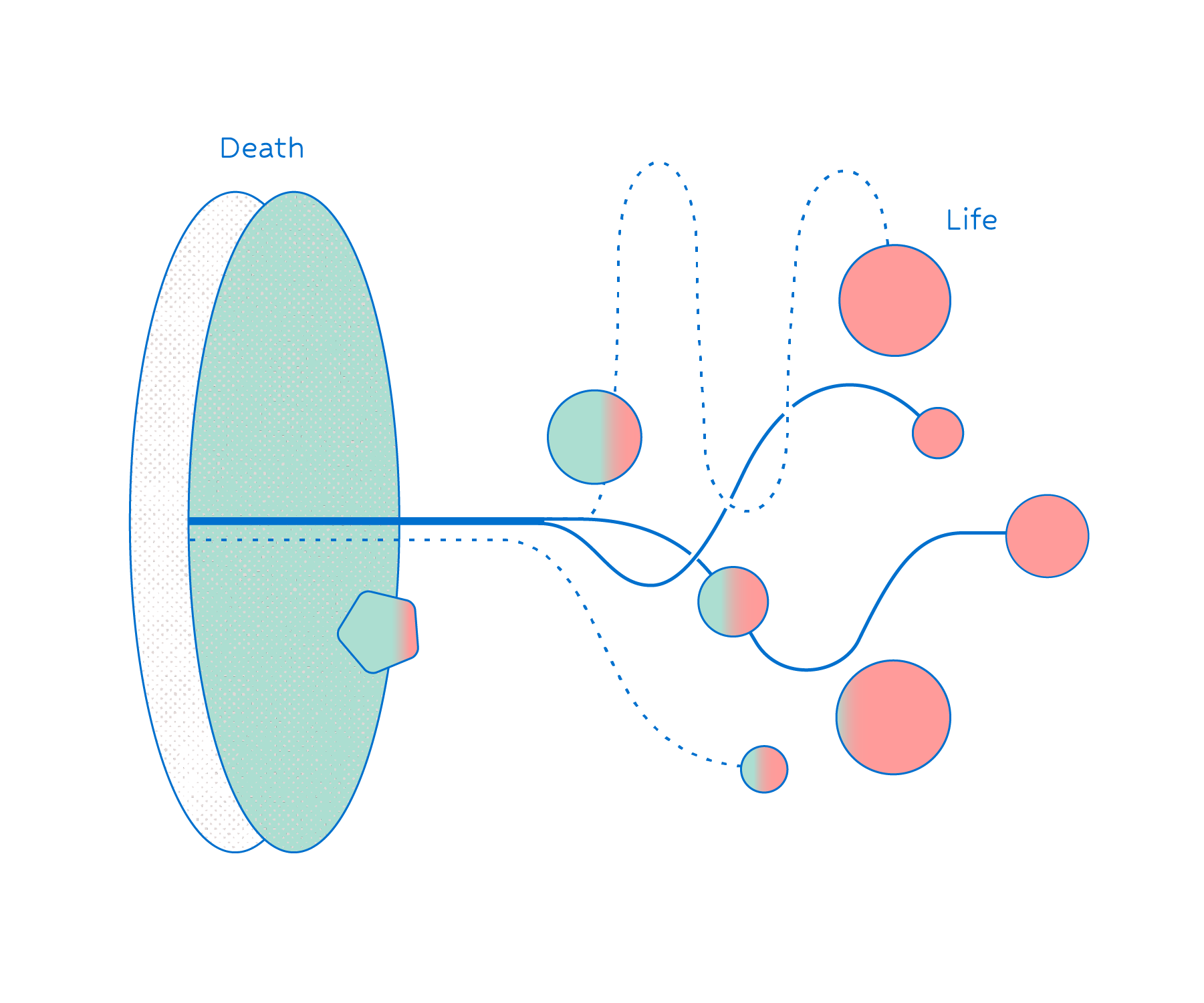
Cell Death
The goal of the Cell Death Group is to clarify the diversity and commonalities of the process of death using E. coli and fission yeast.
While “death” may seem like a single concept when put into words, are deaths caused by different factors fundamentally distinct phenomena? Or might there be commonalities in the “manner of losing life” that transcend the specific causes? Starvation and cell damage may appear to be entirely different phenomena, but there may be similarities between them.
In this study, we will target two vastly different single-celled microorganisms: E. coli, a prokaryote, and fission yeast, a eukaryote, to ask if there are common features in the dying process. We will induce cell death through various stresses and analyze changes in intracellular states during the death process. Specifically, we will induce cell death using diverse stresses such as pH, starvation, temperature, and drugs, and measure changes in intracellular states during the process using omics measurements, Raman spectroscopy analysis, and live imaging. By projecting the obtained high-dimensional time-series data into a low-dimensional latent space using machine learning algorithms, we will analyze whether a common “way of losing life” exists across different species and different modes of death.
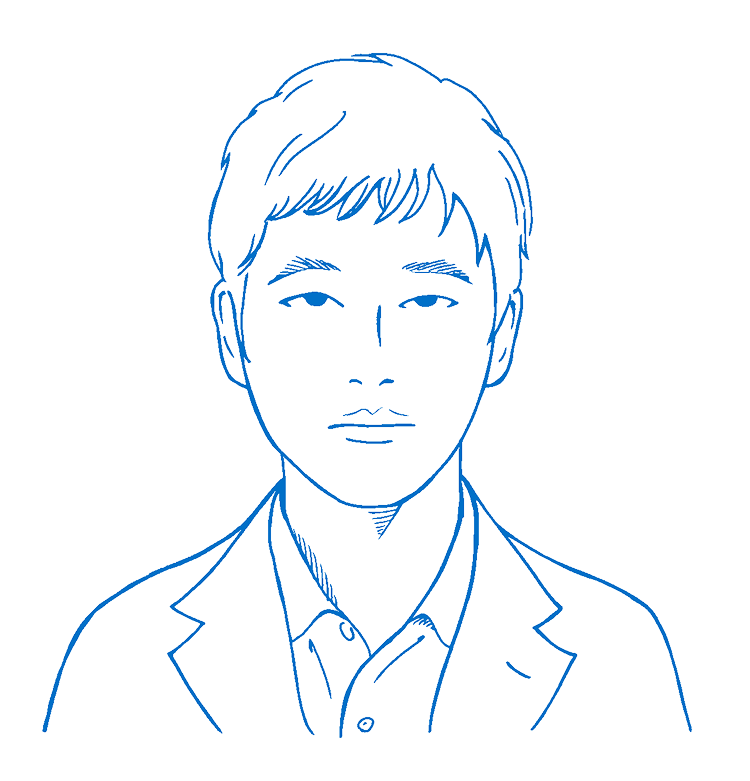
Hidenori Nakaoka
(Tokushima University)
Expertise: Molecular Biology
Hidenori Nakaoka is an Assistant Professor at the Department of Optical Imaging, Advanced Research Promotion Center, Tokushima University, since 2024. He was born in Kyoto, Japan in 1981 and received his Ph.D. in Life Science from the Graduate School of Biostudies, Kyoto University. He previously worked as a Postdoctoral Researcher at the Graduate School of Arts and Sciences, The University of Tokyo, and as an Assistant Professor at the Graduate School of Biostudies, Kyoto University.

Setsu Kato
(Hiroshima University)
Expertise: Quantitative Microbiology
Setsu Kato is an Associate Professor at the Graduate School of Integrated Sciences for Life, Hiroshima University, since 2022. She was born in Kanagawa, Japan in 1982 and received her Ph.D. in Agricultural Science from the Graduate School of Agricultural and Life Sciences, The University of Tokyo. She previously worked as a Postdoctoral Researcher at Yale University, and as an Assistant Professor at the Graduate School of Advanced Sciences of Matter and at the Graduate School of Integrated Sciences for Life, Hiroshima University.
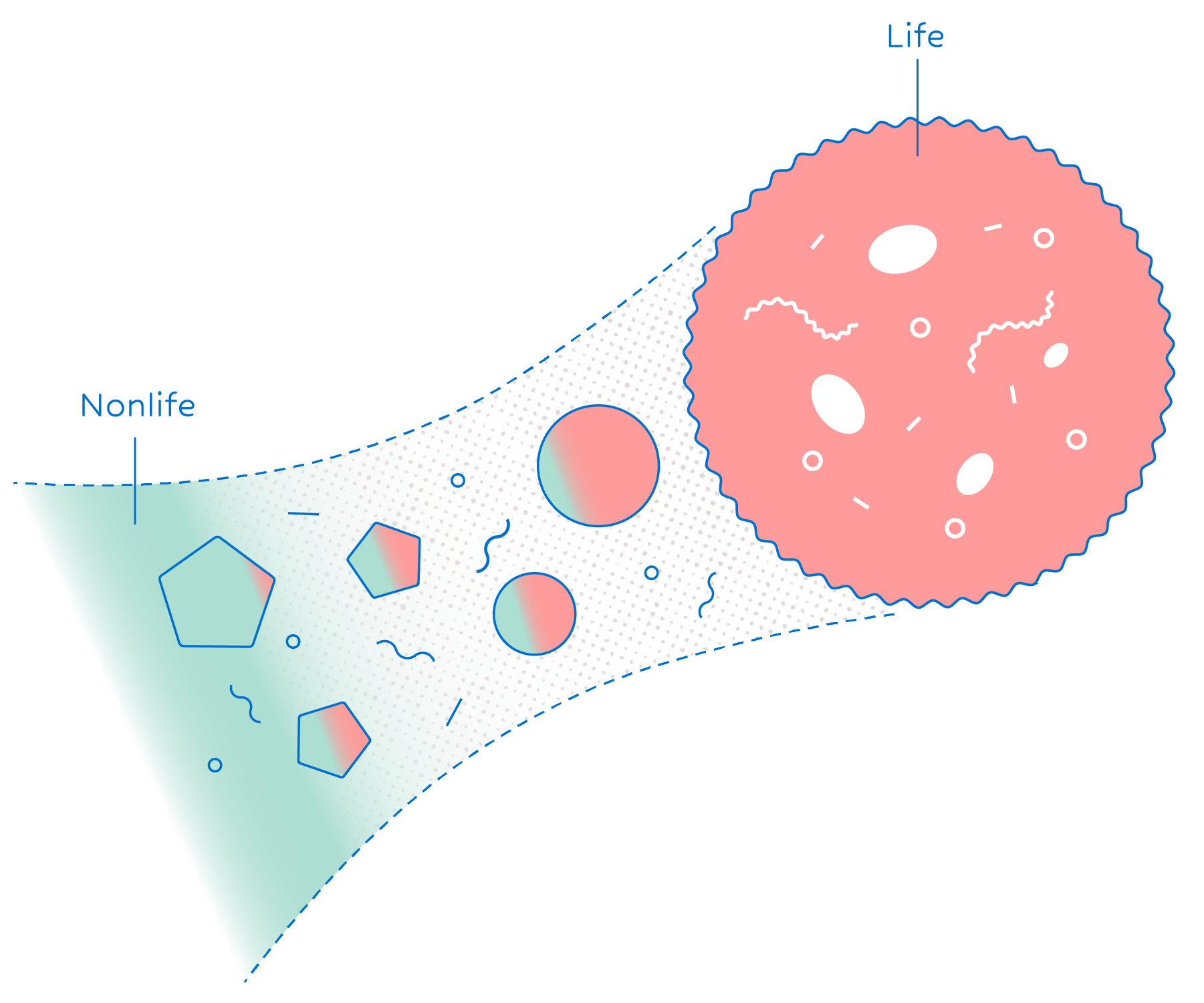
Artificial Cells
Artificial cells are chemically synthesized “life-like chemical systems”. One of the goals of artificial cell research is to build a system from scratch that can continue to self-replicate indefinitely, like living cells, but at present, the system loses its self-replication ability after multiple divisions. If the number of divisions an artificial cell can undergo continues to increase, and eventually a system capable of unlimited self-replication is created, we could say that we have successfully combined “non-living” chemical substances to create “life” (or something akin to it). In this project, we aim to clarify how artificial cells lose their self-replication ability and what kind of control is necessary to avoid this loss through both experimental and numerical simulation approaches, thereby bringing us closer to realizing the transition from “non-living” to “living.”
Specifically, using the artificial cells previously constructed by the group leader, we will measure the molecular concentrations during the process of losing division ability using Raman spectroscopy and clarify the dynamics involved. Since the number of divisions possible is expected to vary depending on the individual differences (differences in chemical composition) of each artificial cell, this analysis is expected to reveal the “chemical composition that allows division to continue.” While it is not easy to identify such a composition in living cells, artificial cells have a much simpler material composition than living cells, and their constituent elements are completely known, making it possible to correlate chemical composition and function. By controlling the material supply rate to artificial cells through feedback control to maintain the ideal chemical composition for continued division, we aim to increase the number of divisions of artificial cells. Additionally, we seek to clarify whether unlimited division is possible or if there are fundamental limits to this process.
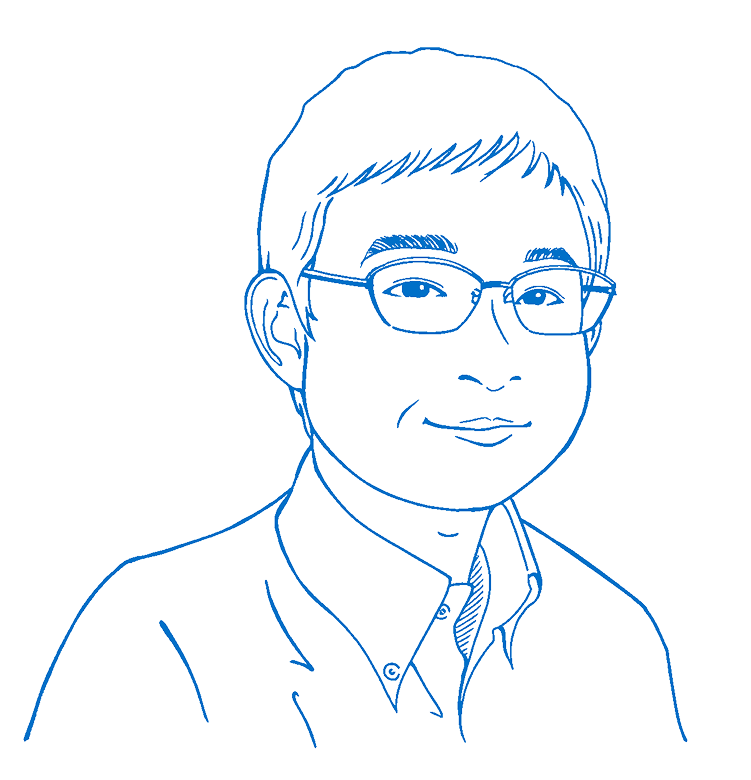
Minoru Kurisu
(Tohoku University)
Expertise: Soft Matter Physics
Minoru Kurisu is an Assistant Professor at the Department of Physics, Graduate School of Science, Tohoku University, since 2022. He was born in Shimane, Japan in 1994 and received his Ph.D. in Science from the Graduate School of Science, Tohoku University
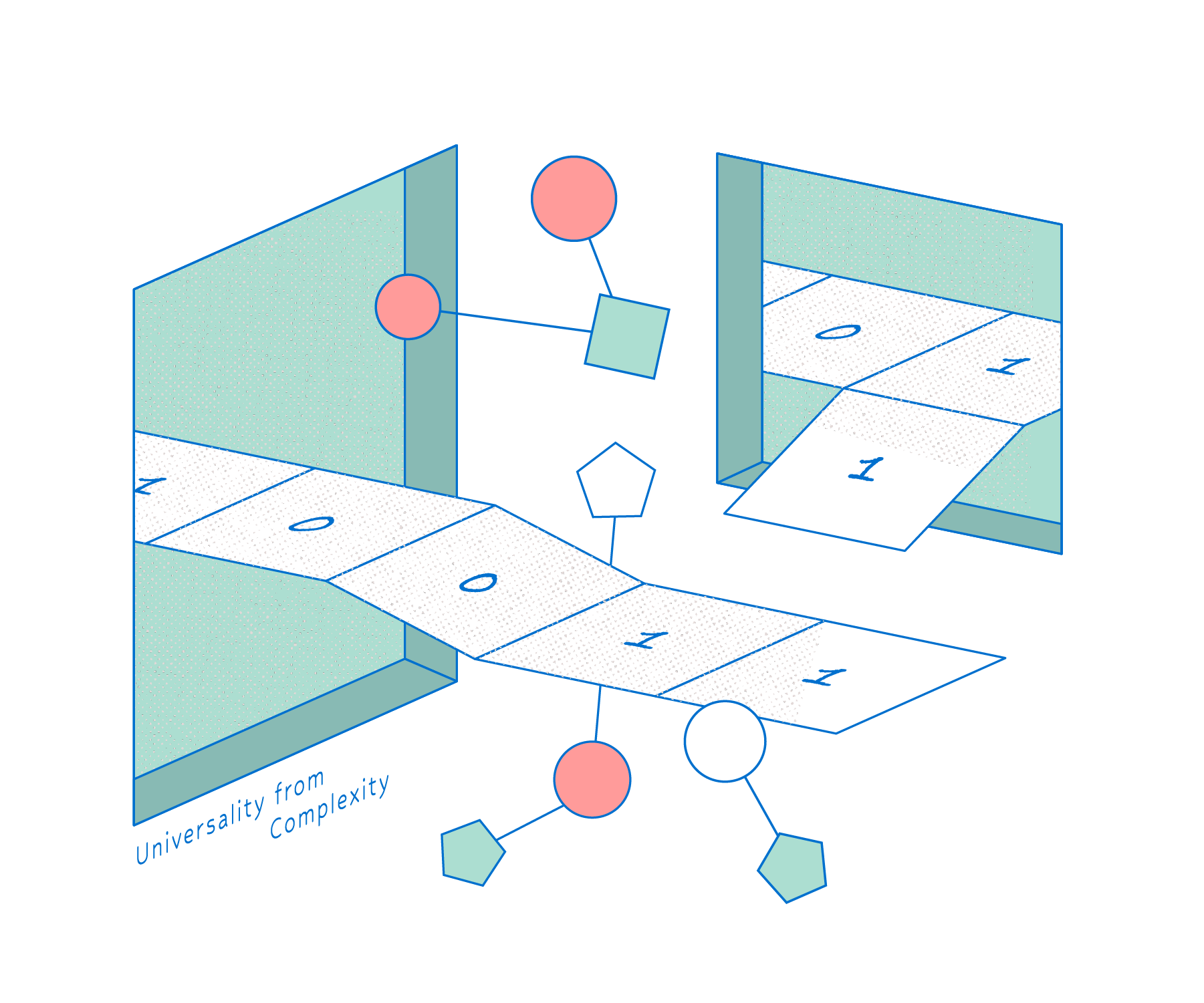
Theory of Self-Reproduction
The most famous definition of life is “something that has boundaries between itself and its surroundings, metabolizes, and reproduces itself.” However, this definition of life is not sufficient, and many other definitions have been proposed. One of these is “a chemical system capable of Darwinian evolution.” Artificial life research and genetic manipulation of life raise ethical issues, but underlying these concerns is the fear that “if evolution were to proceed unchecked, it could become unmanageable.” In fact, the variety of life forms that evolution could produce is truly astonishing, and evolution is considered an indispensable element in understanding life. The definition of “a chemical system capable of Darwinian evolution” focuses on this aspect. So, what are the necessary conditions for a chemical system to possess the ability to evolve? Water in a cup is also a chemical system, but it is difficult to imagine it evolving in the future. In order for evolution to occur, it is thought that a certain degree of complexity is necessary in the system. Then, how much complexity is required? Also, does greater complexity make evolution easier? In this research project, we aim to construct a theoretical framework to determine the level of complexity required for a chemical system to become “life,” as well as how difficult that complexity is to achieve. This will be done using computational complexity theory, which measures ‘difficulty’ and “complexity,” and von Neumann's universal constructor theory, a classical theory of self-replicating systems.

Jun Takahashi
(The University of Tokyo)
Expertise: Physics of Computation
Jun Takahashi is an Assistant Professor at the Institute for Solid State Physics, The University of Tokyo, since 2024. He was born in Kanagawa, Japan in 1990 and received his Ph.D. in Arts and Sciences from the Graduate School of Arts and Sciences, The University of Tokyo. He previously worked as a Postdoctoral Researcher at the Institute of Physics, Chinese Academy of Sciences, and at the Center for Quantum Information and Control, University of New Mexico, USA.
Advisory Board
- Prof. Peter Walde (ETH Zürich)
- Prof. Kunihiko Kaneko (Niels Bohr Institute)
- Prof. Fumio Matsuda (The University of Osaka)
- Prof. Tomoaki Matsuura (Institute of Science Tokyo)
- Prof. Tetsuya J. Kobayashi (The University of Tokyo)
- Prof. Kazuhiro Aoki (Kyoto University)